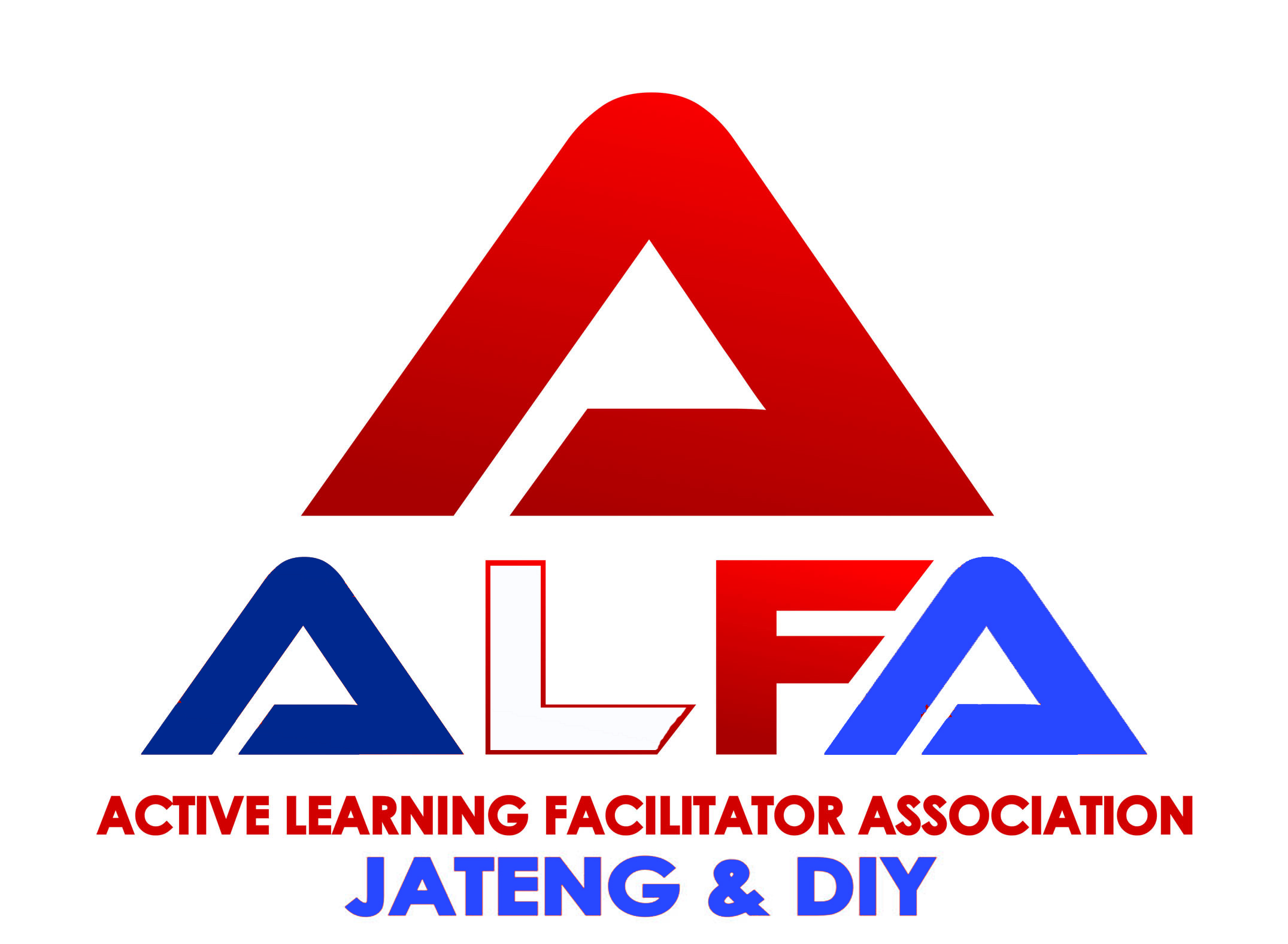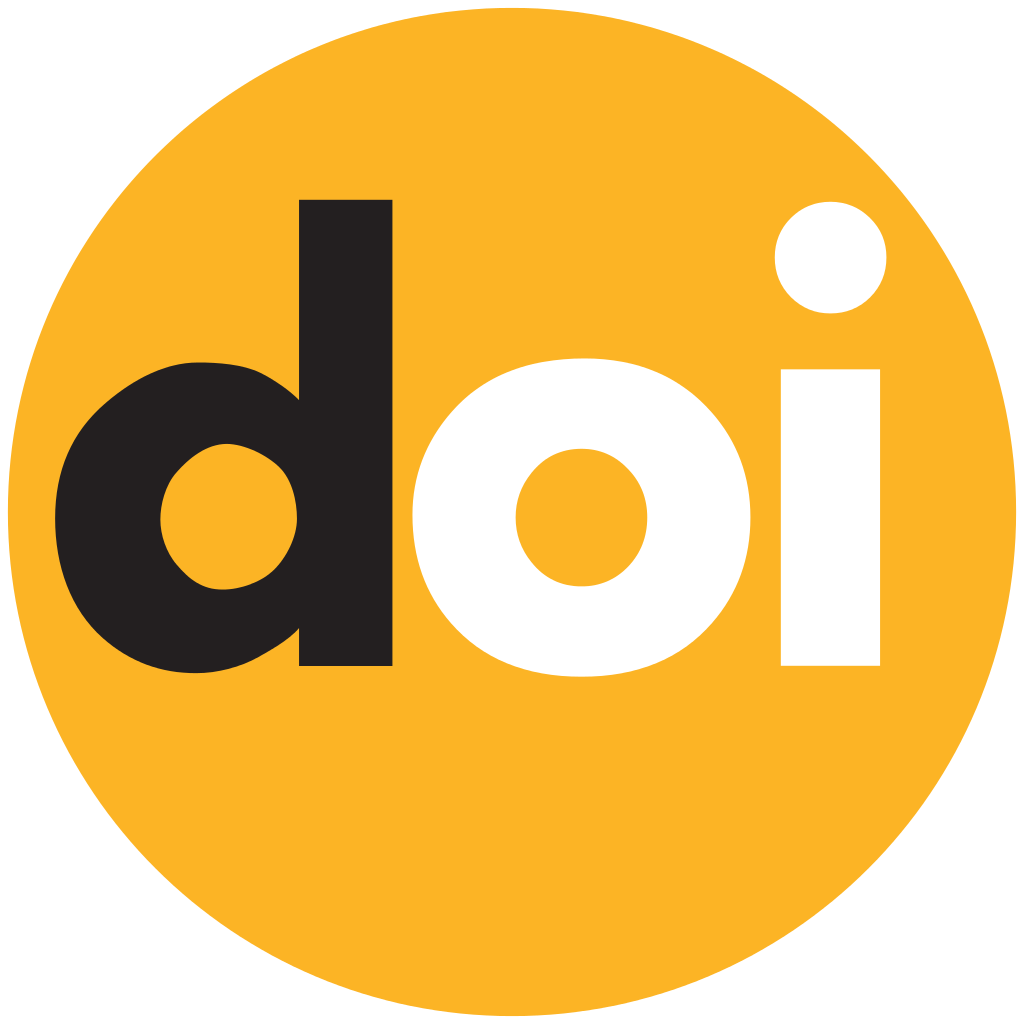Title:
Analysis of Student Readiness for Blended Learning Model Implementation in Industrial Era 4.0
Author:
Abstract
Information technology (IT) has provided a new means for online learning outside conventional classrooms. By using IT, blended learning is an approach that gives the best advantage from class and online learning. It is also help the higher education to improve their understanding of how students see blended learning and formulate strategies to successfully implement blended learning. The aim of this research is to examine how students' attitudes towards various aspects of learning which can influence their readiness to participate in blended learning. We provide six aspects of learning and then collect 85 students as respondent. The analysis revealed three main findings. First, the use of technology in education is not an obstacle for students. Second, the ability to follow blended learning are influenced by four things namely attitudes toward online learning, study management, online interaction, and learning flexibility. Third, attitudes toward learning in class have a negative relationship with students' readiness to participate in blended learning. The last, student attitudes towards various aspects of learning can be important in assessing students' readiness for blended learning, which is a prerequisite for the successful application of blended learning.
Keywords: Blended learning, industry 4.0, student attitudes
Full Text:
PDFReferences
Akkoyunlu, B., & Yilmaz-Soylu, M. (2008). Development of a scale on learners’ views on blended learning and its implementation process. Internet and Higher Education, 11(1), 26–32. https://doi.org/10.1016/j.iheduc.2007.12.006
Al-Hariri, M. T., & Al-Hattami, A. A. (2017). Impact of students’ use of technology on their learning achievements in physiology courses at the University of Dammam. Journal of Taibah University Medical Sciences, 12(1), 82–85. https://doi.org/10.1016/j.jtumed.2016.07.004
Alsalhi, N. R., Eltahir, M. E., & Al-Qatawneh, S. S. (2019). The effect of blended learning on the achievement of ninth grade students in science and their attitudes towards its use. Heliyon, 5(9), e02424. https://doi.org/10.1016/j.heliyon.2019.e02424
Bhakta, K., & Dutta, N. (2016). Impact of Information Technology on Teaching-Learning Process. International Research Journal of Interdisciplinary & Multidisciplinary Studies, 2(11), 131–138. https://doi.org/10.1055/s-2003-40027
Bonk, C. J., & Graham, C. R. (2006). The Handbook of Blended Learning: Global Perspectives, Local Designs. San Francisco: Pfeiffer.
Bonk, C. J., Kim, K., & Zeng, T. (2006). Future directions of blended learning in higher education and workplace learning settings. In C.J. Bonk & C.R. Graham (Eds.). In The Handbook of Blended Learning: Global Perspective, Local Designs (pp. 550–567). San Francisco: Pfeiffer.
Brown, R. (2003). Blended learning: Rich experiences from a rich picture. Training and Development in Australia, 30(3), 14–17.
Chen, Y. F., Luo, Y. Z., Fang, X., & Shieh, C. J. (2018). Effects of the application of computer multimedia teaching to automobile vocational education on students’ learning satisfaction and learning outcome. Eurasia Journal of Mathematics, Science and Technology Education, 14(7), 3293–3300. https://doi.org/10.29333/ejmste/91245
Collopy, R. M., & Arnold, J. M. (2009). To Blend or Not To Blend: Online-only and Blended Learning Environments. Issues in Teacher Education, 18(2).
de L’Etraz, P. (2010). What can an online program do for you? BizEd, 9(6), 34–39.
Garrison, D. R., & Kanuka, H. (2004). Blended learning: Uncovering its transformative potential in higher education. Internet and Higher Education, 7(2), 95–105. https://doi.org/10.1016/j.iheduc.2004.02.001
Glogowska, M., Young, P., Lockyer, L., & Moule, P. (2011). How “blended” is blended learning?: Students’ perceptions of issues around the integration of online and face-to-face learning in a continuing professional development (CPD) health care context. Nurse Education Today, 31(8), 887–891. https://doi.org/10.1016/j.nedt.2011.02.003
Graham, C. R., & Robison, R. (2007). Blended Learning Research Perspectives. In Realizing the transformational potential of blended learning: comparing cases of transforming blends and enhancing blends in higher education. In A.G. Picciano & C.D. Dziuban (Eds.) (pp. 83–110). USA: Sloan-C.
Harris, P., Connolly, J., & Feeney, L. (2009). Blended learning: Overview and recommendations for successful implementation. Industrial and Commercial Training, 41(3), 155–163. https://doi.org/10.1108/00197850910950961
Howard, S. B. (2009). The benefits of face-to-face interaction in the online freshman composition course. Journal of Online Learning and Teaching, 5(4), 685–697. Retrieved from http://jolt.merlot.org/vol5no4/howard_1209.pdf
Kharb, P., & Samanta, P. P. (2016). Blended learning approach for teaching and learning anatomy: Students’ and teachers’ perspective. Journal of the Anatomical Society of India, 65(1), 43–47. https://doi.org/10.1016/j.jasi.2016.06.001
Lancaster, J. W., McQueeney, M. L., & Van Amburgh, J. A. (2011). Online lecture delivery paired with in class problem-based learning ... Does it enhance student learning? Currents in Pharmacy Teaching and Learning, 3(1), 23–29. https://doi.org/10.1016/j.cptl.2010.10.008
Li, C., He, J., Yuan, C., Chen, B., & Sun, Z. (2019). The effects of blended learning on knowledge, skills, and satisfaction in nursing students: A meta-analysis. Nurse Education Today, 82(June), 51–57. https://doi.org/10.1016/j.nedt.2019.08.004
Lin, M. H., Chen, H. C., & Liu, K. S. (2017). A study of the effects of digital learning on learning motivation and learning outcome. Eurasia Journal of Mathematics, Science and Technology Education, 13(7), 3553–3564. https://doi.org/10.12973/eurasia.2017.00744a
Lyu, D., & Wang, B. (2018). Effects of the application of computer network technology to guided discovery teaching on learning achievement and outcome. Eurasia Journal of Mathematics, Science and Technology Education, 14(7), 3269–3276. https://doi.org/10.29333/ejmste/91249
Owston, R., York, D., & Murtha, S. (2013). Student perceptions and achievement in a university blended learning strategic initiative. Internet and Higher Education, 18, 38–46. https://doi.org/10.1016/j.iheduc.2012.12.003
Qi, A. (2018). A study of the effect of implementing intellectual property education with digital teaching on learning motivation and achievements. Eurasia Journal of Mathematics, Science and Technology Education, 14(6), 2445–2452. https://doi.org/10.29333/ejmste/89498
Smyth, S., Houghton, C., Cooney, A., & Casey, D. (2012). Students’ experiences of blended learning across a range of postgraduate programmes. Nurse Education Today, 32(4), 464–468. https://doi.org/10.1016/j.nedt.2011.05.014
Tsai, C. W. (2010). Designing appropriate blended courses: A students’ perspective. Cyberpsychology, Behavior, and Social Networking, 13(5), 563–566. https://doi.org/10.1089/cyber.2009.0335
Vaughan, N. (2007). Perspectives on blended learning in higher education. International Journal on E-Learning, 6(1), 81–94.
Verkroost, M., Meijerink, L., Linsten, H., & Veen, W. (2008). Finding a Balance in Dimensions of Blended Learning. International Journal on E-Learning Academic Research Library, 7(3), 499–522.
Akkoyunlu, B., & Yilmaz-Soylu, M. (2008). Development of a scale on learners’ views on blended learning and its implementation process. Internet and Higher Education, 11(1), 26–32. https://doi.org/10.1016/j.iheduc.2007.12.006
Al-Hariri, M. T., & Al-Hattami, A. A. (2017). Impact of students’ use of technology on their learning achievements in physiology courses at the University of Dammam. Journal of Taibah University Medical Sciences, 12(1), 82–85. https://doi.org/10.1016/j.jtumed.2016.07.004
Alsalhi, N. R., Eltahir, M. E., & Al-Qatawneh, S. S. (2019). The effect of blended learning on the achievement of ninth grade students in science and their attitudes towards its use. Heliyon, 5(9), e02424. https://doi.org/10.1016/j.heliyon.2019.e02424
Bhakta, K., & Dutta, N. (2016). Impact of Information Technology on Teaching-Learning Process. International Research Journal of Interdisciplinary & Multidisciplinary Studies, 2(11), 131–138. https://doi.org/10.1055/s-2003-40027
Bonk, C. J., & Graham, C. R. (2006). The Handbook of Blended Learning: Global Perspectives, Local Designs. San Francisco: Pfeiffer.
Bonk, C. J., Kim, K., & Zeng, T. (2006). Future directions of blended learning in higher education and workplace learning settings. In C.J. Bonk & C.R. Graham (Eds.). In The Handbook of Blended Learning: Global Perspective, Local Designs (pp. 550–567). San Francisco: Pfeiffer.
Brown, R. (2003). Blended learning: Rich experiences from a rich picture. Training and Development in Australia, 30(3), 14–17.
Chen, Y. F., Luo, Y. Z., Fang, X., & Shieh, C. J. (2018). Effects of the application of computer multimedia teaching to automobile vocational education on students’ learning satisfaction and learning outcome. Eurasia Journal of Mathematics, Science and Technology Education, 14(7), 3293–3300. https://doi.org/10.29333/ejmste/91245
Collopy, R. M., & Arnold, J. M. (2009). To Blend or Not To Blend: Online-only and Blended Learning Environments. Issues in Teacher Education, 18(2).
de L’Etraz, P. (2010). What can an online program do for you? BizEd, 9(6), 34–39.
Garrison, D. R., & Kanuka, H. (2004). Blended learning: Uncovering its transformative potential in higher education. Internet and Higher Education, 7(2), 95–105. https://doi.org/10.1016/j.iheduc.2004.02.001
Glogowska, M., Young, P., Lockyer, L., & Moule, P. (2011). How “blended” is blended learning?: Students’ perceptions of issues around the integration of online and face-to-face learning in a continuing professional development (CPD) health care context. Nurse Education Today, 31(8), 887–891. https://doi.org/10.1016/j.nedt.2011.02.003
Graham, C. R., & Robison, R. (2007). Blended Learning Research Perspectives. In Realizing the transformational potential of blended learning: comparing cases of transforming blends and enhancing blends in higher education. In A.G. Picciano & C.D. Dziuban (Eds.) (pp. 83–110). USA: Sloan-C.
Harris, P., Connolly, J., & Feeney, L. (2009). Blended learning: Overview and recommendations for successful implementation. Industrial and Commercial Training, 41(3), 155–163. https://doi.org/10.1108/00197850910950961
Howard, S. B. (2009). The benefits of face-to-face interaction in the online freshman composition course. Journal of Online Learning and Teaching, 5(4), 685–697. Retrieved from http://jolt.merlot.org/vol5no4/howard_1209.pdf
Kharb, P., & Samanta, P. P. (2016). Blended learning approach for teaching and learning anatomy: Students’ and teachers’ perspective. Journal of the Anatomical Society of India, 65(1), 43–47. https://doi.org/10.1016/j.jasi.2016.06.001
Lancaster, J. W., McQueeney, M. L., & Van Amburgh, J. A. (2011). Online lecture delivery paired with in class problem-based learning ... Does it enhance student learning? Currents in Pharmacy Teaching and Learning, 3(1), 23–29. https://doi.org/10.1016/j.cptl.2010.10.008
Li, C., He, J., Yuan, C., Chen, B., & Sun, Z. (2019). The effects of blended learning on knowledge, skills, and satisfaction in nursing students: A meta-analysis. Nurse Education Today, 82(June), 51–57. https://doi.org/10.1016/j.nedt.2019.08.004
Lin, M. H., Chen, H. C., & Liu, K. S. (2017). A study of the effects of digital learning on learning motivation and learning outcome. Eurasia Journal of Mathematics, Science and Technology Education, 13(7), 3553–3564. https://doi.org/10.12973/eurasia.2017.00744a
Lyu, D., & Wang, B. (2018). Effects of the application of computer network technology to guided discovery teaching on learning achievement and outcome. Eurasia Journal of Mathematics, Science and Technology Education, 14(7), 3269–3276. https://doi.org/10.29333/ejmste/91249
Owston, R., York, D., & Murtha, S. (2013). Student perceptions and achievement in a university blended learning strategic initiative. Internet and Higher Education, 18, 38–46. https://doi.org/10.1016/j.iheduc.2012.12.003
Qi, A. (2018). A study of the effect of implementing intellectual property education with digital teaching on learning motivation and achievements. Eurasia Journal of Mathematics, Science and Technology Education, 14(6), 2445–2452. https://doi.org/10.29333/ejmste/89498
Smyth, S., Houghton, C., Cooney, A., & Casey, D. (2012). Students’ experiences of blended learning across a range of postgraduate programmes. Nurse Education Today, 32(4), 464–468. https://doi.org/10.1016/j.nedt.2011.05.014
Tsai, C. W. (2010). Designing appropriate blended courses: A students’ perspective. Cyberpsychology, Behavior, and Social Networking, 13(5), 563–566. https://doi.org/10.1089/cyber.2009.0335
Vaughan, N. (2007). Perspectives on blended learning in higher education. International Journal on E-Learning, 6(1), 81–94.
Verkroost, M., Meijerink, L., Linsten, H., & Veen, W. (2008). Finding a Balance in Dimensions of Blended Learning. International Journal on E-Learning Academic Research Library, 7(3), 499–522.
DOI: http://dx.doi.org/10.31002/ijose.v4i1.2309
Article Metrics
Abstract view : 176 timesPDF - 0 times
Cited By
Refbacks
- There are currently no refbacks.
Copyright (c) 2020










 Abstract views : 176
|
Abstract views : 176
| PDF views : 0
PDF views : 0
